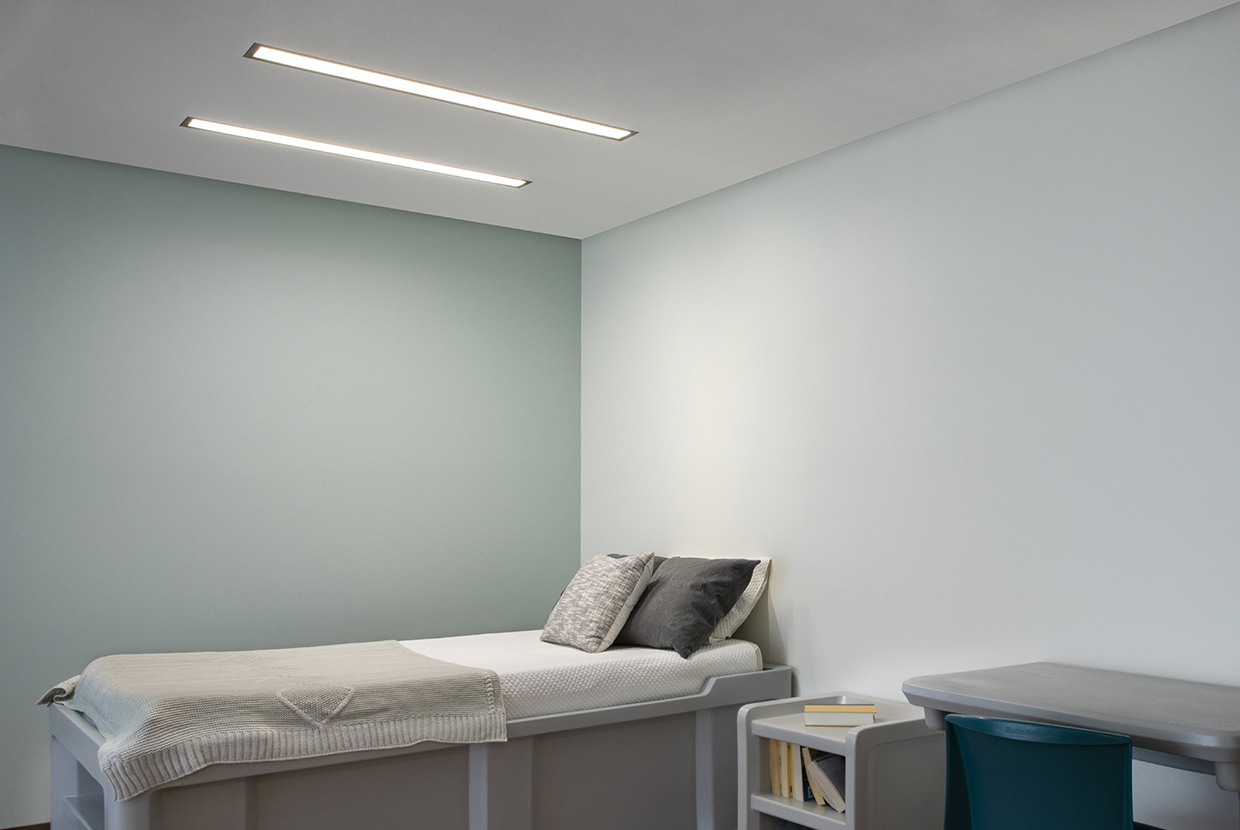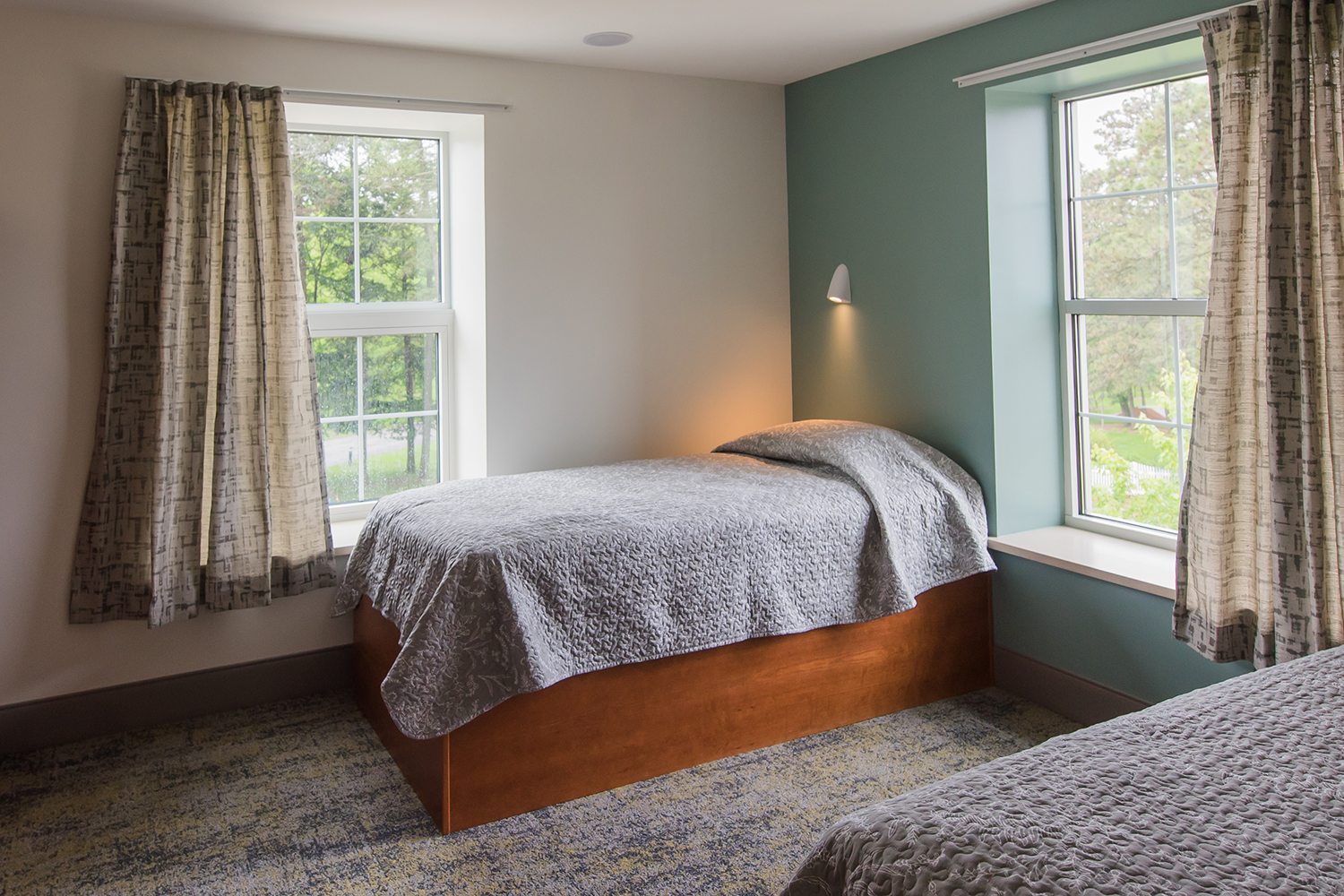Blog
Behavioral Health: The Impact of Patient-Centered Lighting Design

In behavioral health settings, the role that lighting plays in influencing patient well-being and recovery cannot be overstated. Beyond its functional purpose, lighting plays a crucial role in creating a therapeutic environment that promotes healing and comfort. Through patient-centered design, the focus shifts towards placing patients' needs, preferences, and experiences at the forefront of the design process.
Understanding Patient-Centered Design
Patient-centered design revolves around the idea of creating environments that prioritize the well-being of those utilizing the space. This approach entails understanding the needs and preferences of patients and incorporating them into the design process. In behavioral health settings, patient-centered design aims to create spaces that feel safe, comforting, and conducive to healing.
Lighting is a fundamental aspect of patient-centered design, as it has the power to influence mood, behavior, and overall well-being. By carefully considering the type, intensity, and color temperature of lighting, designers can create environments that promote relaxation, focus, and a sense of security for patients.

Key Elements of Patient-Centered Lighting Design
Adjustability and Control
One of the key elements of patient-centered lighting design is the ability to adjust and control lighting levels according to individual needs. Patients may have varying preferences for lighting intensity or color and providing them with the option to personalize their lighting can enhance their sense of control over their environment.
Comfortable Atmosphere
Creating a comfortable atmosphere through lighting involves balancing natural and artificial light sources to mimic the circadian rhythm. Soft, warm lighting can create a calming ambiance, while natural light exposure has been linked to improved mood and sleep quality in patients.
Safety and Security
In behavioral health settings, ensuring the safety and security of patients is paramount. Lighting design can play a crucial role in mitigating environmental hazards that promotes feelings of safety and security among patients.

Importance of Lighting for Nurses and Clinicians
Proper lighting design can significantly impact the well-being and effectiveness of healthcare providers in behavioral health environments. Adequate lighting levels are essential for creating a safe and secure atmosphere, promoting visibility, and reducing the risk of a crisis. Additionally, lighting quality can influence mood, behavior, and overall mental health, which is particularly important in behavioral health settings where patients may be experiencing heightened emotional states.
By implementing appropriate lighting solutions that consider both functional and psychological aspects, nurses and clinicians can work more efficiently, maintain a positive environment, and ultimately provide better care for patients in behavioral health facilities.
To conclude, patient-centered lighting design is not just about aesthetics; it is about creating environments that support the well-being and recovery of individuals in behavioral health settings. By prioritizing patients' needs and preferences in the design process, designers can create spaces that promote healing, comfort, and a sense of control for patients. Let Visa Lighting illuminate the path to healing with our patient-centered luminaires. Let there be light, and it be designed with the patient in mind.
Visit Visa Lighting’s website or contact us to learn more about how patient-centered lighting design can transform behavioral health settings and enhance patient well-being.
